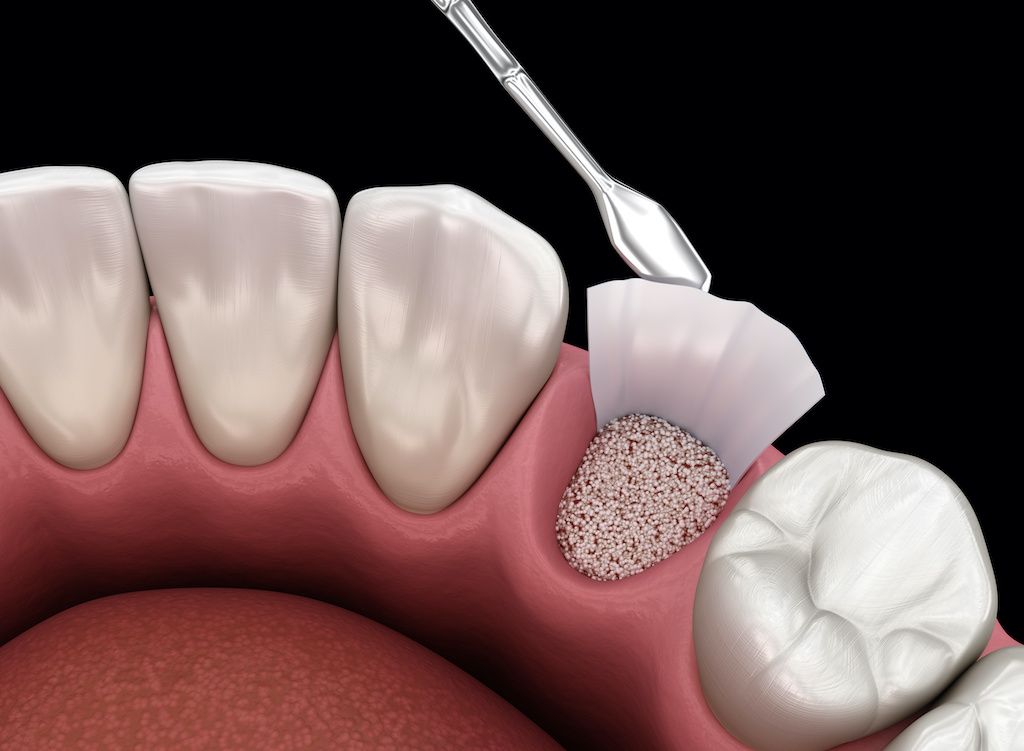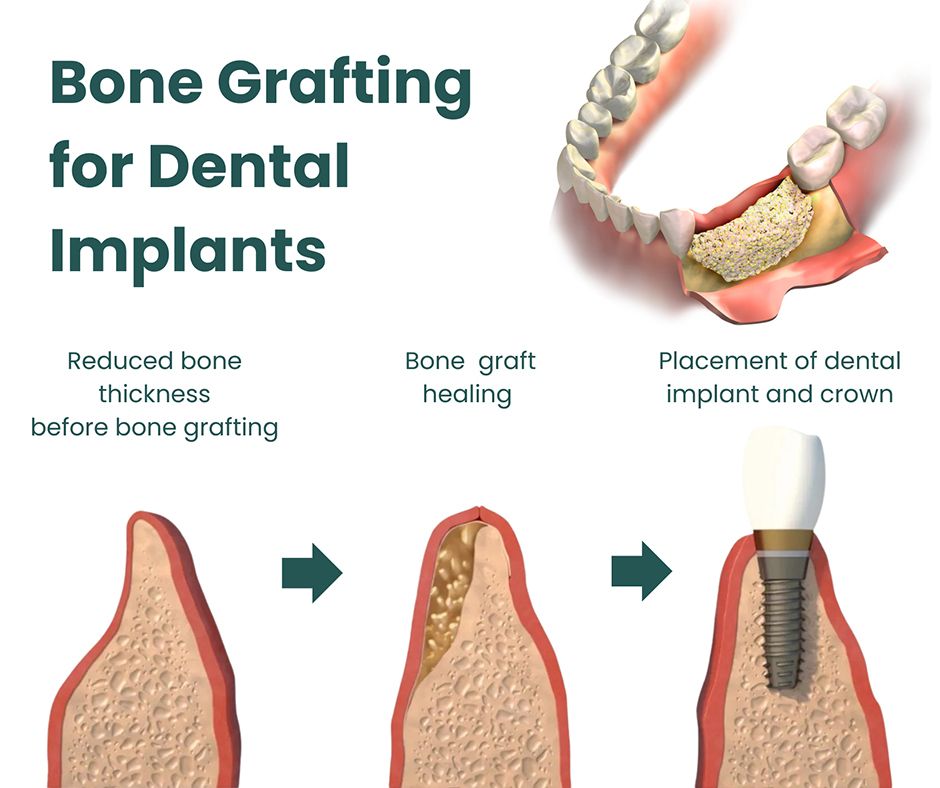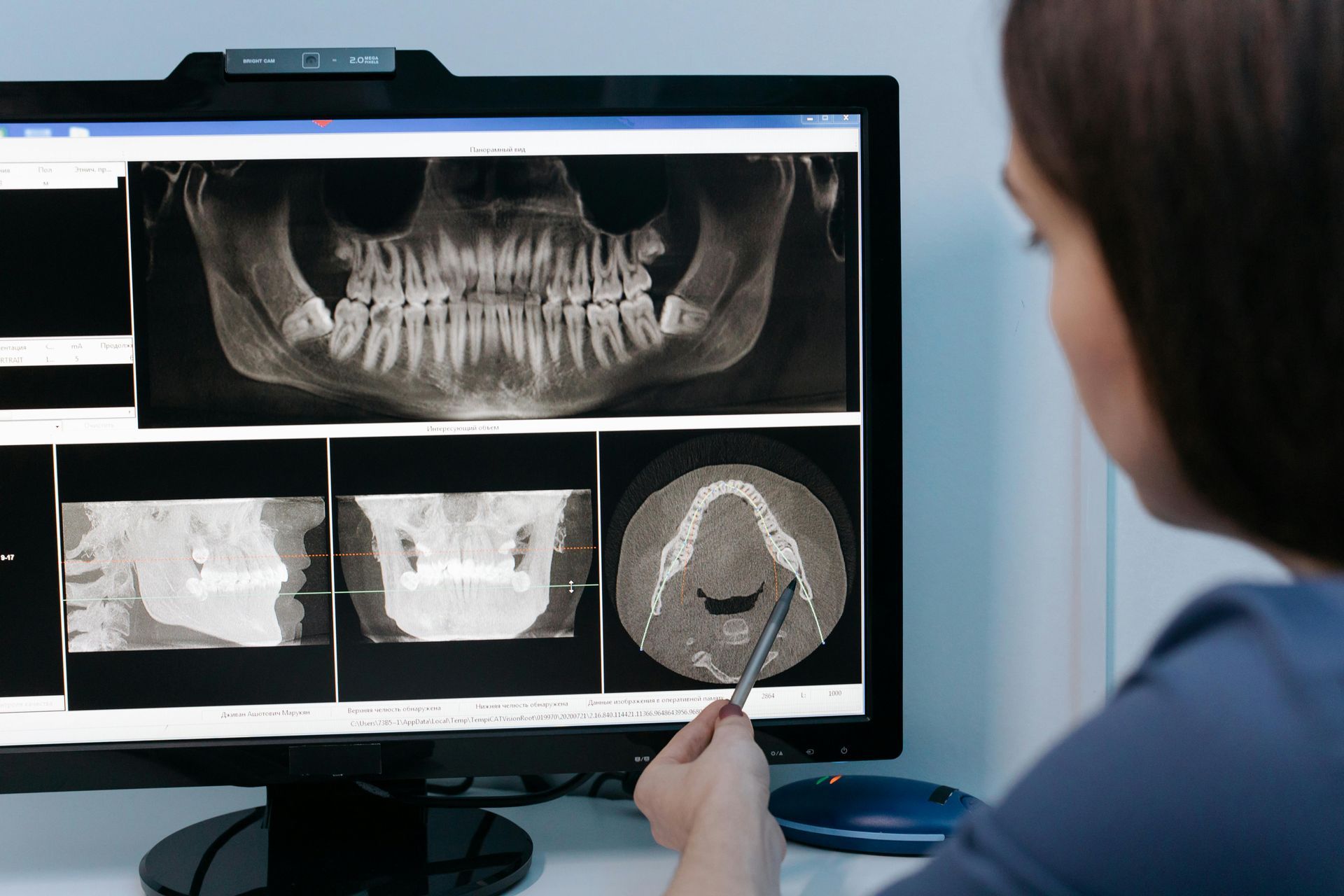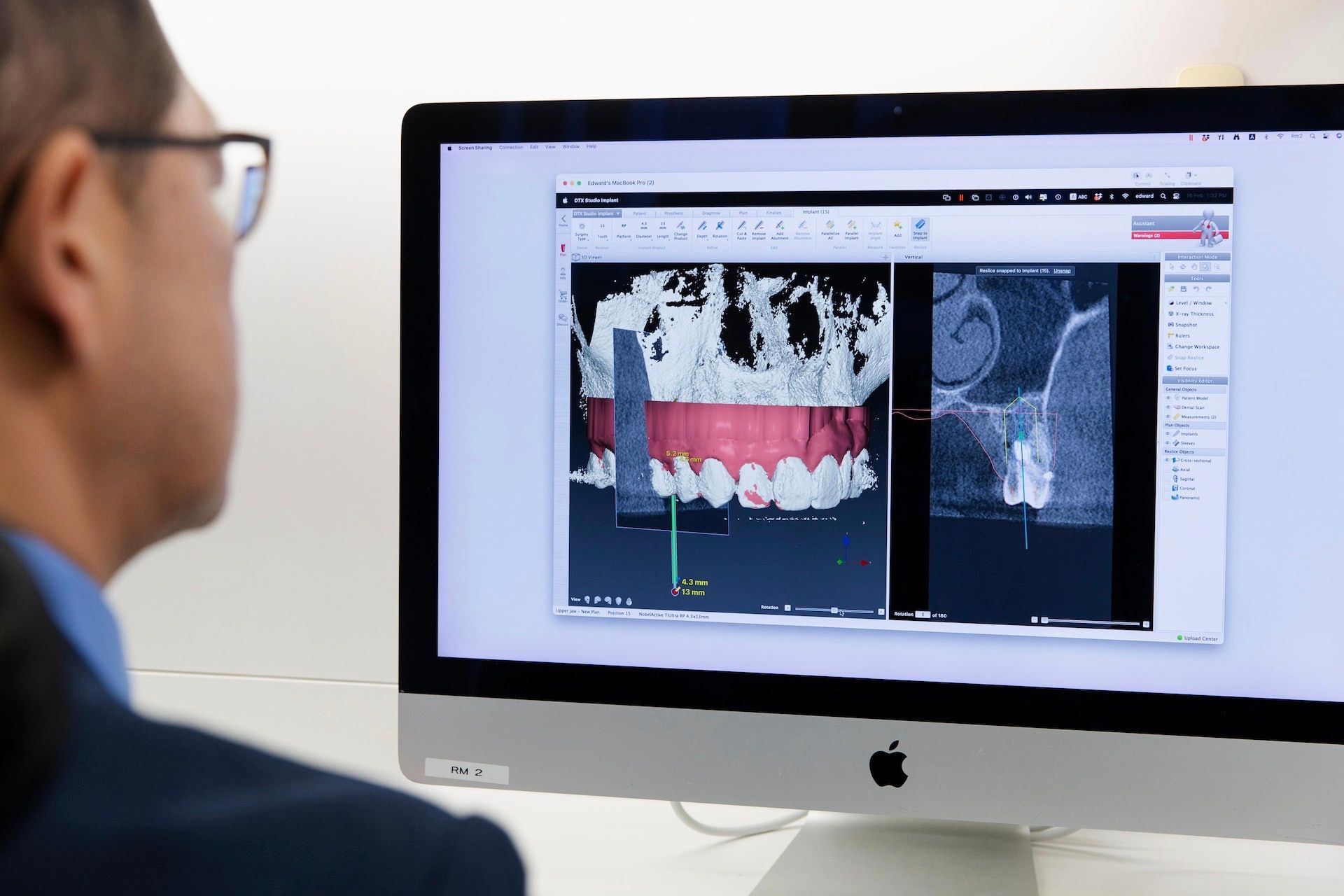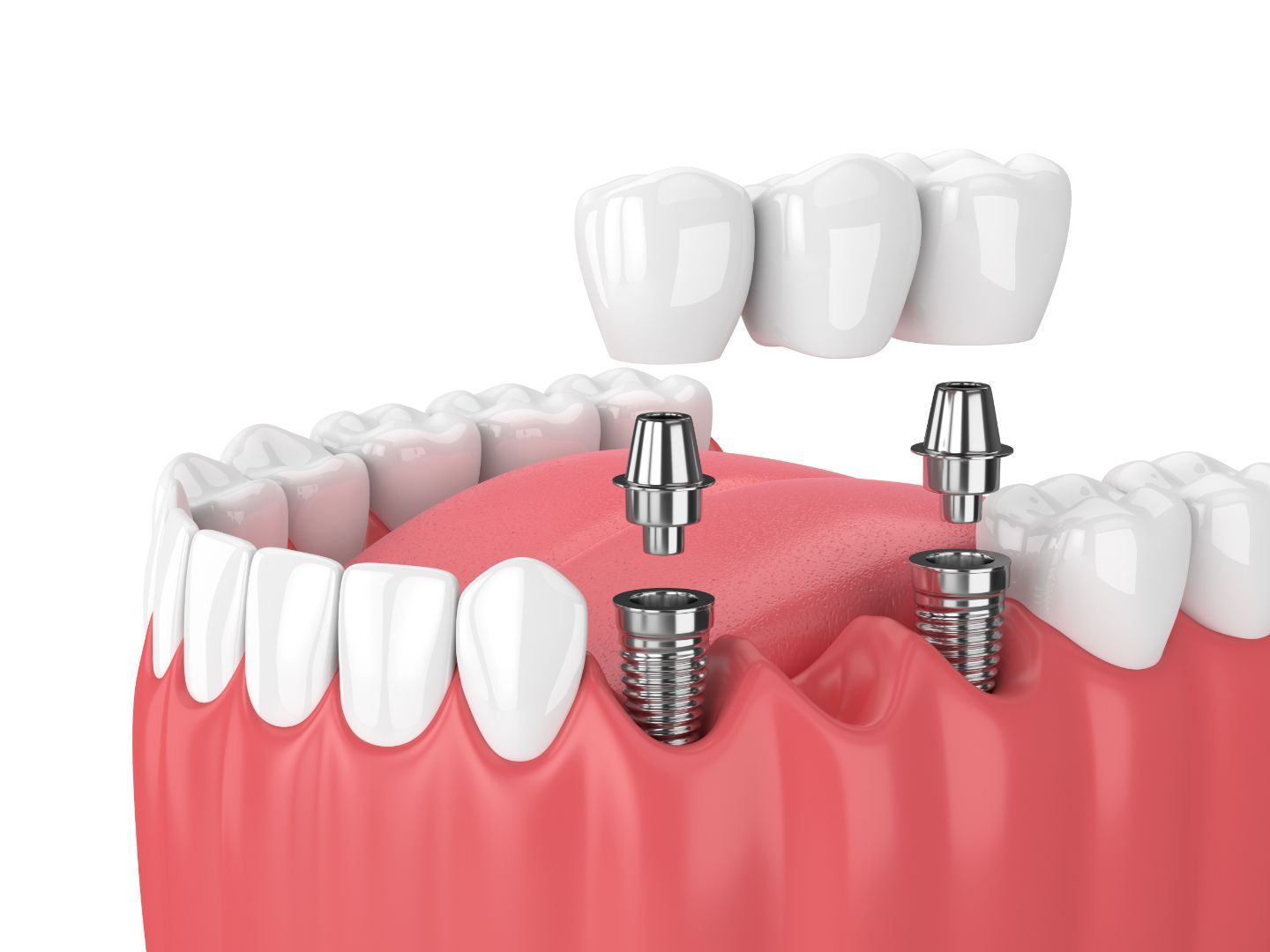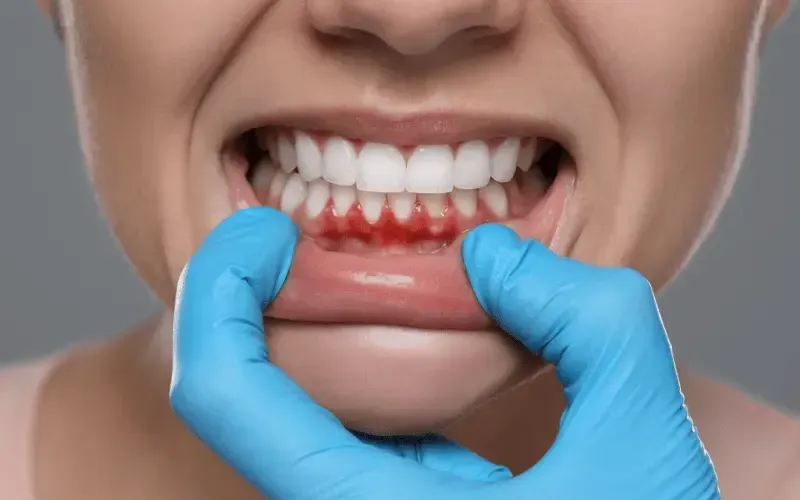Bone Graft Implant
Yonsei Heal Dental SEOUL
Stop letting insufficient bone keep you from the smile you deserve.
- 1,200+ Successful Bone Graft Procedures
- Specialist in complex bone grafting cases
- Comprehensive 10-year warranty
At Yonsei Heal Dental Clinic in Gangseo, we specialize in bone graft implants that restore both your teeth and confidence. Even when other clinics say "impossible," we create possibilities.
Call us today: +82-10-3220-7928
"97% Success Rate with Korean Advanced Technology"
Advanced bone grafting techniques that rebuild your jaw foundation, making implants possible even in the most challenging cases
At Yonsei Heal Dental, AutoBT (Autogenous Tooth Bone Graft) technology - using your own extracted teeth as the strongest, most compatible bone material. No rejection, faster healing, better results.
15+ Years Serving
Gangseo Seoul Community
"I Can Smile at My Daughter's Wedding Photos"
Mr. Kim, 58, Magok-dong
"After avoiding photos for three years due to missing front teeth, I was desperate. The bone loss from an old accident seemed impossible to fix. Dr. Lee explained the AutoBT bone grafting process clearly. Eight months later, I confidently smiled in every wedding photo. My wife says I look 10 years younger."
Lead Implant Specialist
Dr. Jung
Graduated from Yonsei University College of Dentistry and completed advanced implant training at Seoul National University Hospital. With over 15 years focusing exclusively on complex implant cases, Dr. Jung has successfully restored smiles for thousands of Seoul residents.
"Every patient deserves to eat comfortably and smile confidently. Our goal isn't just to place implants - it's to give you back your quality of life."
Supporting Specialists
Our team includes periodontists, oral surgeons, and laboratory technicians working together to ensure your treatment succeeds. We maintain continuing education relationships with Seoul's top dental institutions to bring you the latest techniques.

You-First
Approach
Getting an implant is an important decision. We’ll educate you on this procedure and empower you to take control of your oral health.
Affordable
Care
We believe that everyone deserves high-quality care. We offer easy payment options to make getting an implant affordable.
Comfortable Experience
Feeling nervous? We offer years of experience, sedation options, and attentive care to ensure your comfort.
Meet Our Director
Dental Implant FAQs
Who's the best bone graft implant specialist near me in Gangseo?
Yonsei Heal Dental Clinic has been Gangseo's trusted implant specialist for over 15 years. We're the only clinic in the area offering AutoBT technology and have successfully treated over 1,200 bone grafting cases. Located minutes from Gimpo Airport Station, we serve patients from Magok, Banghwa, Gaehwa, and neighboring Yangcheon.
What do I do if other dentists said I don't have enough bone for implants?
Don't give up! Bone grafting can rebuild even severely damaged jaw bones. We use advanced techniques including sinus lifting, guided bone regeneration, and AutoBT (using your own teeth as bone material). Many of our patients were told "impossible" elsewhere. We offer free consultations to evaluate your specific case.
How much does bone graft implant cost in Seoul?
Bone graft implant procedures in Korea cost 60-70% less than Western countries while maintaining the highest quality. Individual costs depend on your specific needs, but we provide transparent pricing and payment plans. Our comprehensive packages include all necessary procedures, follow-up care, and warranty coverage.
Is bone grafting painful and how long does it take to heal?
Modern bone grafting is minimally invasive with advanced anesthesia techniques. Most patients experience only mild discomfort managed with standard pain medication. Healing typically takes 3-6 months before implant placement. We provide detailed aftercare instructions and regular check-ups to ensure optimal healing.
Can I get bone graft implants if I have diabetes or other health conditions?
Yes, with proper management. We work closely with patients who have diabetes, heart conditions, and other health issues. Our experience includes successfully treating medically complex cases with modified protocols and enhanced monitoring. A thorough health evaluation determines the best approach for your situation.
Procedure
Testimonials
James A.
"As a manager at a company near Magok Complex, team dinners were becoming embarrassing with my loose partial denture. The bone graft implant procedure was easier than I expected. No one at work even knew I had dental work done."
Michael C.
"Diabetes made my gum problems worse, and I lost four back teeth. Other clinics said my bones were too weak for implants. Yonsei Heal used special bone grafting materials that worked with my condition. Now I eat everything - even tough Korean pears!"
David
"After avoiding photos for three years due to missing front teeth, I was desperate. The bone loss from an old accident seemed impossible to fix. Dr. Lee explained the AutoBT bone grafting process clearly. Eight months later, I confidently smiled in every wedding photo. My wife says I look 10 years younger."
Book Your Free Consultation Now
The transformation awaits you. Your family dinners, confident smiles, and favorite foods are just months away.

